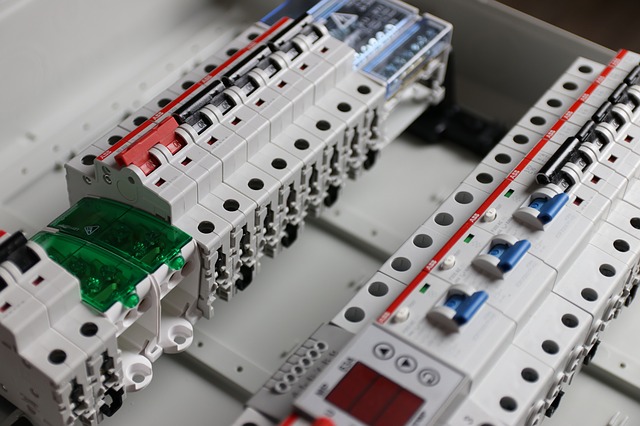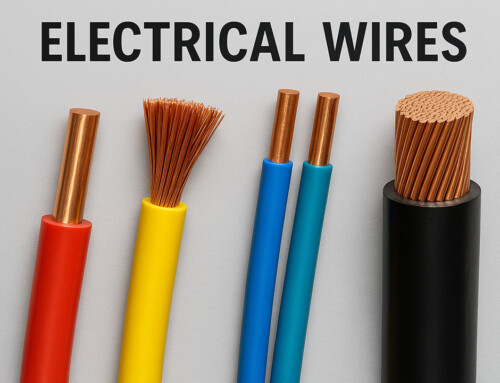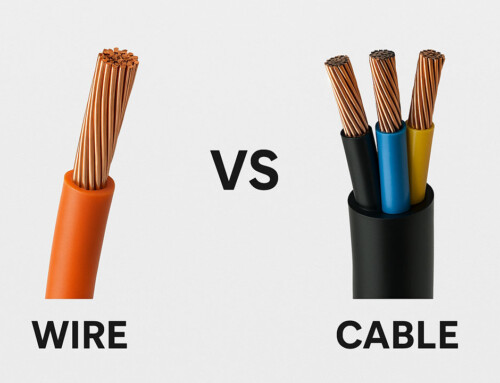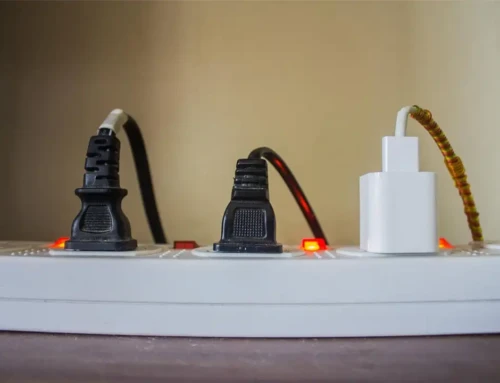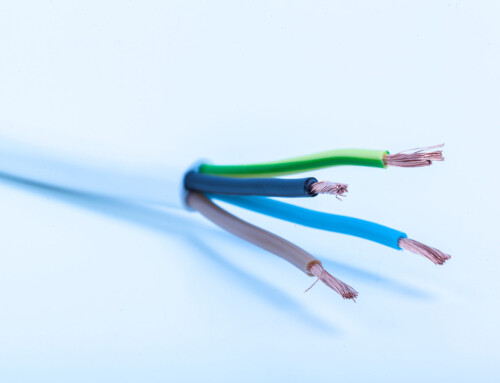Table of Contents
Why it is Necessary to Label the Circuit Breaker Box
Whether you’ve rented an apartment or own a home, it is very important that you understand the fundamentals of the electrical system installed in your home. You should know what to do in case something goes wrong. This information is crucial when you need to shut off a circuit for repair, when you need to reset the circuit breaker after it has tripped or in case of an emergency. The circuit breaker is your main component, to begin with because it controls the supply of power to the different areas of your property.
When the power trips in just one area of your home, the cause is a tripped breaker panel. If you take a closer look at the circuit breaker box, you will see that one switch has flipped in the other direction. Labeling a circuit breaker will help you confirm which circuit breaker has tripped without having to play the guessing game and resetting everything.
The Basic Procedure for Circuit Breaker Box Labeling
If the circuit breaker panel has an index and it is old, pull it out. Do not try to erase or rewrite as it will only create confusion. The things you will need for circuit breaker labeling include sticky labels, paper, tester, and a felt-tipped marker.
Step 1 – Number Every Circuit Breaker
Assign a number to each circuit breaker inside the breaker panel. Start with #1 from your top left and proceed down until you reach the end. Once you reach the end, start again from the top right and go to the bottom.
Use a 1-inch square sticky label and write each number with a marker right next to the breaker it refers to. Draw a diagram on a paper with dimensions 8 X 11 and arrange the numbers exactly as they are on the panel and write a description next to each number.
Step 2 – Locate all the Devices on the Circuit Breaker Box
Shut down all the circuit breakers and start with the first circuit. Check each and every outlet and light fixture installed in your home to determine which one is controlled by which circuit breaker. Tape every outlet and light fixture that has been checked so you don’t get confused. Once you have identified all the outlets and fixtures controlled by the first circuit, move on to the next one and repeat the same procedure.
Step 3 – List down the Results
Make a list of all the outlets and fixtures that run with the aid of power when a certain breaker is turned on. Do not assume that every device on a specific circuit breaker will be located in the same room or area. It can also terminate at a receptacle located outdoor and at the same time power your kitchen lights.
By the time you reach to the end of your list, you should have each and every wall switch, light fixture, and outlet identified by its corresponding circuit including the ones that are in your basement and garage.
Step 4 – Test all the Appliance Circuits
As you work your way through the circuit breakers, you will realize that certain circuit breakers are paired. The paired sets control a 240-volt appliance like your furnace, air conditioner, stove, electric dryer, and water heater. Test each paired set to check which appliance is powered by that circuit breaker.
Certain single-pole circuit breakers also power dedicated home appliances like oven, refrigerator, dishwasher, garbage disposer, and microwave. Always use a non-contact voltage tester when you are checking for power because it the easiest and the safest way to do it.
Step 5 – Make an Index
Collate your findings into a comprehensive description of each circuit breaker and label it next to the corresponding number. When describing the areas on the index, make sure you use terms that can be easily understood by a future homeowner. For instance, instead of writing kids bedroom, write southwest bedroom and tape the index on the inside of the breaker panel.
Finally, draw a floor plan that shows the exact location of all the fixtures, outlets and hardwired home appliances so anyone who is working on your home’s electrical system finds the information useful in identifying anomalies and making repairs.
D&F Liquidators stocks a large inventory of electrical supplies, circuit breakers, and safety switches. Contact us at 800-458-9600 for reliable electrical materials from top brands at competitive rates.

